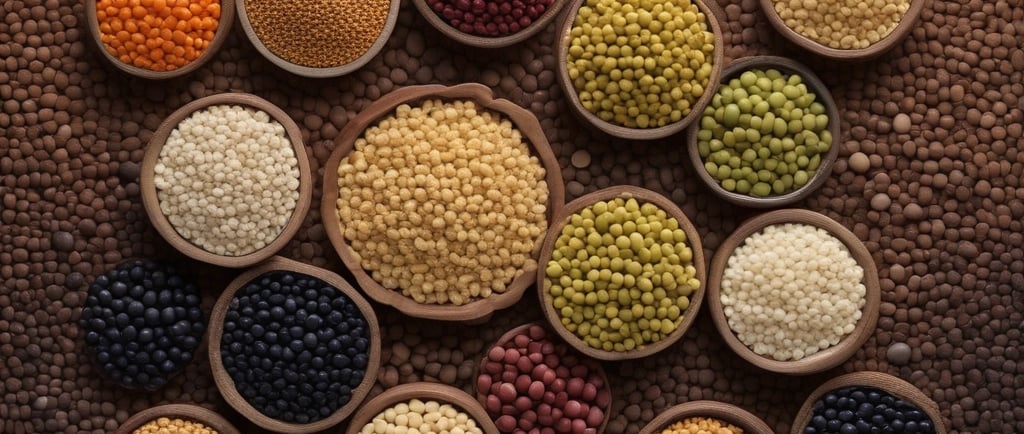Sprouting Health Tips: How to Grow Nutrient-Dense Sprouts at Home
Sprouting health tips and step-by-step instructions for alfalfa, lentils, mung beans and more to boost vitamins and enzymes.
HEALTH TIPS: SEASONAL WELLNESS, NUTRITION & SELF-CARE
Julia Spurr
5/29/20251 min read


Sprouting
Sprouting grains and seeds is a simple kitchen habit that adds life to meals. Sprouts provide amino acids, vitamins, minerals and enzymes for optimal health. For example, dry soya beans contain little vitamin C, yet after sprouting they contain much more.
Why sprout
Sprouting is fresh, fast, and budget friendly. It turns a small amount of dry seed into a bowl of crunchy greens that lift salads, soups, wraps, and bowls. This is one of the easiest health tips to keep all year.
What to sprout
Good starters include alfalfa seeds, lentils, soya beans, mung beans and pinto beans. Buy food grade seed from a trusted source and store it in a cool, dry place.
Jar method
Place 1 tablespoon of chosen seeds or peas into a clean jar.
Cover with plenty of cold water and soak overnight.
Strain, rinse, then drain well.
Leave the jar at an angle in a warm place with airflow.
Morning and evening, rinse and drain again.
Within two or three days sprouts begin to grow. They are ready when tiny leaves appear and they smell fresh and clean.
How to use
Rinse, drain, and keep in the fridge for a few days. Add a handful to salads, scatter over soups, or tuck into sandwiches. A squeeze of lemon and a pinch of salt make them shine.
Keep a small rotation going so you always have fresh sprouts on hand. Simple, living food can make a big difference.


